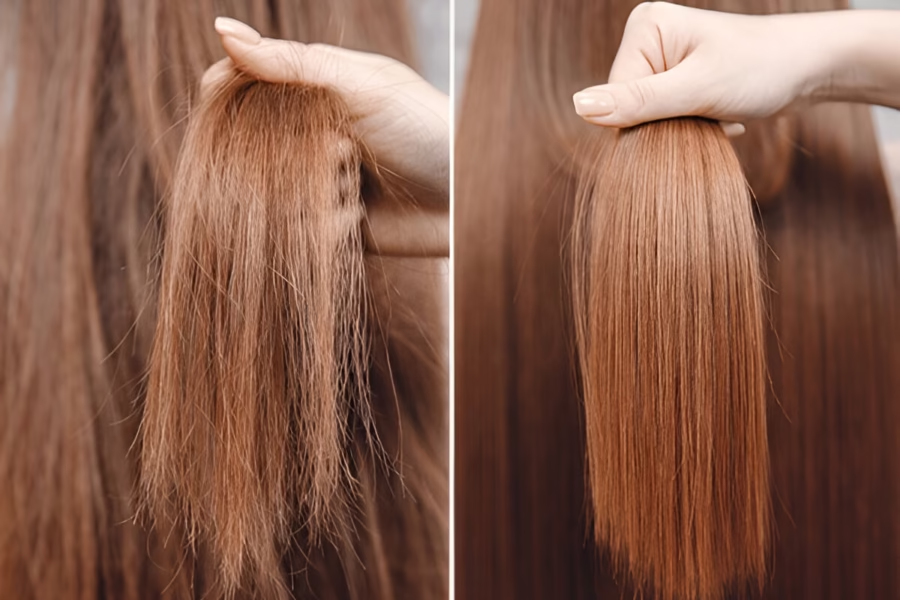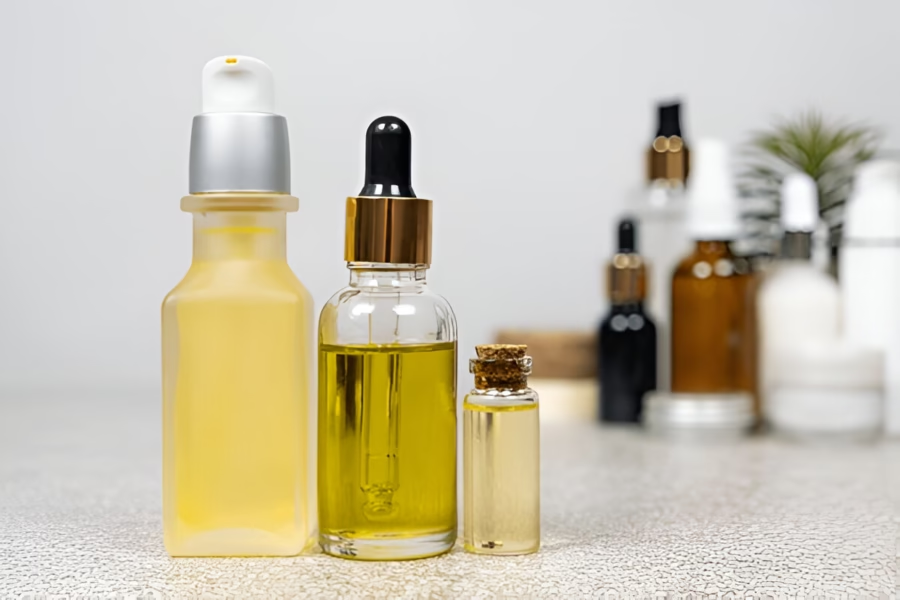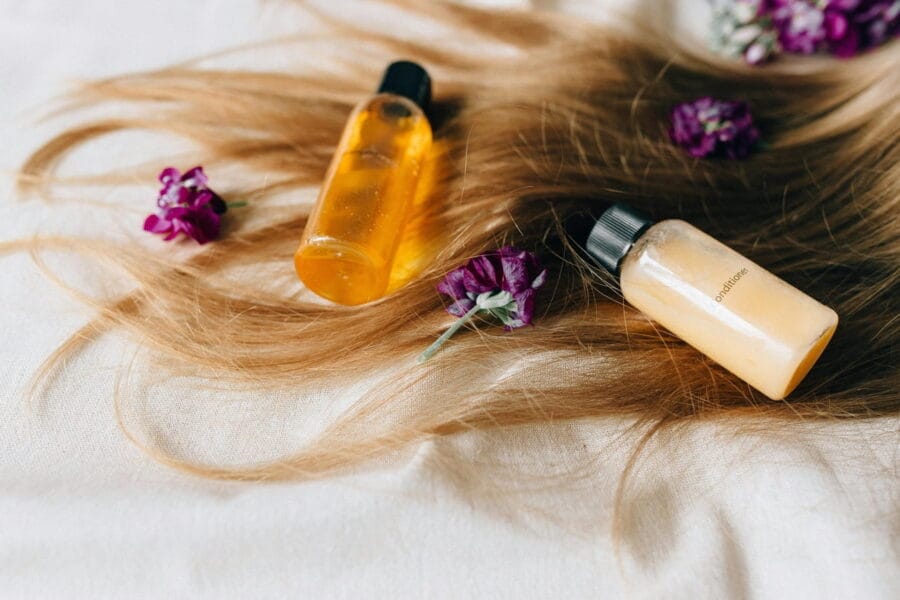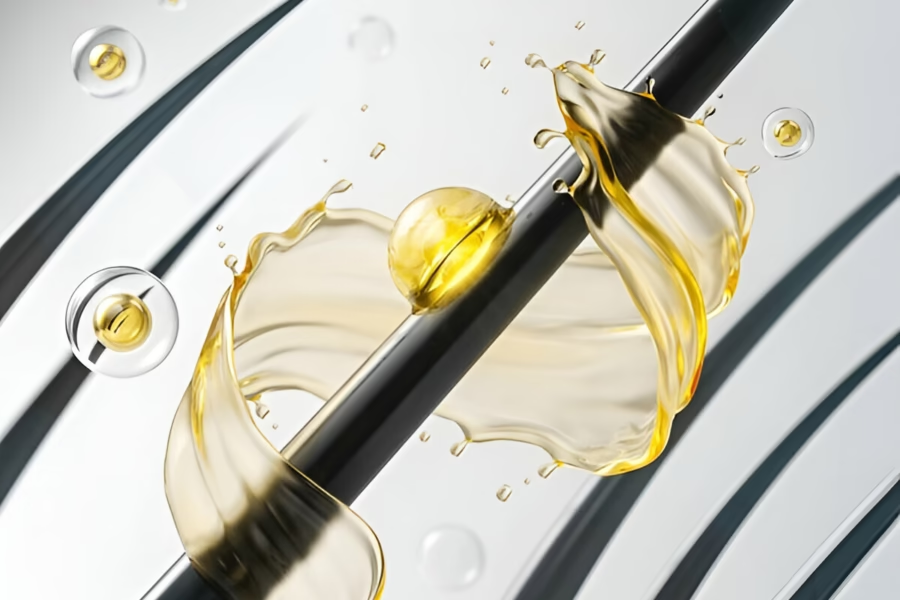Repairing Damaged Hair: A Simple Guide to Restoring Your Locks to Their Former Glory
Let’s face it: we’ve all been there. Whether it’s dry, frizzy, or brittle hair that just doesn’t seem to cooperate, dealing with damaged hair can feel frustrating. But here’s the good news: repairing your hair doesn’t have to be complicated. It’s all about making a few consistent changes to your hair care routine that can make a world of difference. No need for expensive salon treatments or harsh chemicals—just simple, effective tips to get your hair looking healthy, shiny, and fabulous again.
Ready to restore your hair to its former glory? Let’s dive into the best ways to repair damaged hair and make sure it stays healthy for the long term!
In This Article
- Deep Conditioning: Rehydrate and Nourish Your Hair
- Minimize Heat Styling and Protect Your Hair
- Gentle Hair Care Routine and Regular Trims
- Protect from Environmental Damage and Maintain Hydration
1. Deep Conditioning: Rehydrate and Nourish Your Hair
First things first: if you’re looking to repair damaged hair, deep conditioning is a game-changer. Think of deep conditioning as your hair’s personal hydration spa treatment. It’s a quick and easy way to restore moisture to your hair and repair any damage that may have been caused by heat styling, harsh products, or environmental factors.
How often should you deep condition?
Aim to deep condition once a week. If your hair is extremely dry or damaged, you can increase it to twice a week. Don’t worry—deep conditioning masks are easy to incorporate into your routine, and they make a noticeable difference.
What should you look for in a deep conditioner?
Choose products with nourishing ingredients like argan oil, shea butter, or keratin. These ingredients are known for their ability to restore moisture and add strength to your hair. Argan oil is especially great for making hair smoother and shinier, while keratin helps rebuild hair structure.
Natural Deep Conditioning Options
If you prefer natural solutions, coconut oil or avocado oil are fantastic alternatives. Simply apply a generous amount to your hair, cover it with a shower cap, and leave it for 20-30 minutes. If you have the time, you can even leave it overnight for an intense moisture boost. After rinsing it out, you’ll notice your hair is softer, smoother, and noticeably healthier.

Pro Tip:
For a DIY mask, mix equal parts coconut oil and honey. This combo is not only hydrating but also helps with frizz control. Apply it, leave it on for 20-30 minutes, and rinse with lukewarm water. Your hair will love it!
2. Minimize Heat Styling and Protect Your Hair
Let’s talk heat styling: we all love the sleek, polished look that blow-dryers, curling irons, and straighteners give us, but frequent heat styling can seriously damage your hair over time. The heat strips your hair of moisture and can cause it to become dry, brittle, and more prone to breakage.
How can you reduce heat damage?
The key is to limit the use of heat-styling tools as much as possible. You don’t need to completely give them up (unless you want to), but cutting them down will help your hair recover.
Air Drying: Your Hair’s Best Friend
One of the easiest ways to give your hair a break from heat is to let it air dry whenever you can. I get it—sometimes, air-drying takes longer than you’d like, but you can always speed up the process by gently blotting your hair with a towel and avoiding rough towel drying, which can cause more frizz.
Use Heat Protectants
If you must style with heat, always use a heat protectant. These sprays and serums create a protective barrier on your hair, preventing the heat from damaging the hair cuticle and preventing moisture loss. Even if you’re using a blow dryer or flat iron on the lowest setting, always apply a heat protectant to keep your hair in tip-top shape.

Pro Tip
If you’re air-drying but still want to control your style, try using a leave-in conditioner or a curl cream to define your texture. They’re a great way to protect your hair while still getting the look you want without the damage.
3. Gentle Hair Care Routine and Regular Trims
Sometimes, the secret to repairing damaged hair is simply treating it more gently. A lot of us don’t realize that harsh brushing, over-washing, and using products with sulfates and alcohol can add to the damage. But by switching up a few things in your routine, you’ll be on your way to healthier hair in no time.
Sulfate-Free Shampoos Are Your Friend
Sulfates, which are found in many shampoos, can strip your hair of natural oils, leaving it dry and brittle. When shopping for hair care products, look for sulfate-free options. These shampoos are much gentler on your hair and will keep your hair moisturized without stripping away essential oils.
How Often Should You Wash Your Hair?
Overwashing your hair can actually do more harm than good. When you wash your hair too often, it can lose its natural oils, which are essential for keeping it moisturized and healthy. Try to wash your hair 2-3 times a week for best results. If your scalp feels oily in between washes, dry shampoo is a great way to freshen up without needing a full wash.
Don’t Skip the Trims
Regular trims are vital to prevent split ends from traveling up the hair shaft, causing even more damage. Aim to get a trim every 6-8 weeks to keep your hair looking healthy and strong. Trimming off those dry, split ends will stop the damage from spreading and ensure your hair grows out looking healthy.
Gentle Detangling
When detangling your hair, avoid using fine-tooth combs or brushing too aggressively. Wet hair is more prone to breakage, so use a wide-tooth comb or a detangling brush to gently remove knots. Start from the end and work your way up to minimize damage.
4. Protect from Environmental Damage and Maintain Hydration
Did you know that your hair is exposed to environmental factors every day? Pollution, UV rays, and even harsh weather conditions can damage your hair and cause it to become dry and frizzy. Fortunately, there are simple steps you can take to protect your hair and maintain its health.
Use UV Protectant Products
Just like your skin, your hair is vulnerable to UV damage. Prolonged exposure to the sun can cause your hair to lose moisture and become dry and brittle. Opt for hair products with UV filters to protect your hair from the sun’s damaging rays.
Cover Your Hair When Outdoors
If you’re going to be outside for long periods, protect your hair with a hat or scarf. This will shield your hair from the sun, dust, and other environmental stressors that can cause damage.
Hydration Is Key
Keeping your hair hydrated is essential, especially if you’re dealing with damage. Drink plenty of water to stay hydrated from the inside out, which will keep your hair moisturized and healthy. If you struggle with dry hair, make sure to add hydrating hair masks to your routine, and consider using leave-in conditioners to lock in moisture throughout the day.
Eat for Hair Health
A healthy diet rich in biotin, omega-3 fatty acids, and vitamin E can also help support hair health. These nutrients play a huge role in promoting hair growth and preventing further damage. Consider adding foods like salmon, spinach, almonds, and eggs to your diet to help keep your hair strong and shiny.
Conclusion: Simple Steps for Healthier, Happier Hair
Repairing damaged hair doesn’t require expensive treatments or complicated routines. With just a few simple steps, like deep conditioning, limiting heat styling, using gentle products, and protecting your hair from environmental damage, you can restore your hair to its natural beauty.
Remember, it’s all about consistency and patience. Give your hair the love and care it deserves, and you’ll see amazing results. With time, your hair will go from dry and frizzy to soft, shiny, and healthy once again.
So, are you ready to say goodbye to damaged hair? Follow these steps, stick to a healthy routine, and watch your hair transform!
If you want even more tips on how to get your hair back to its healthiest, be sure to check out our article How to Do Hair?: 04 Moments of Magic or explore our complete guide to healthy hair care. You’ve got this!
You can Refer here to explore more.





